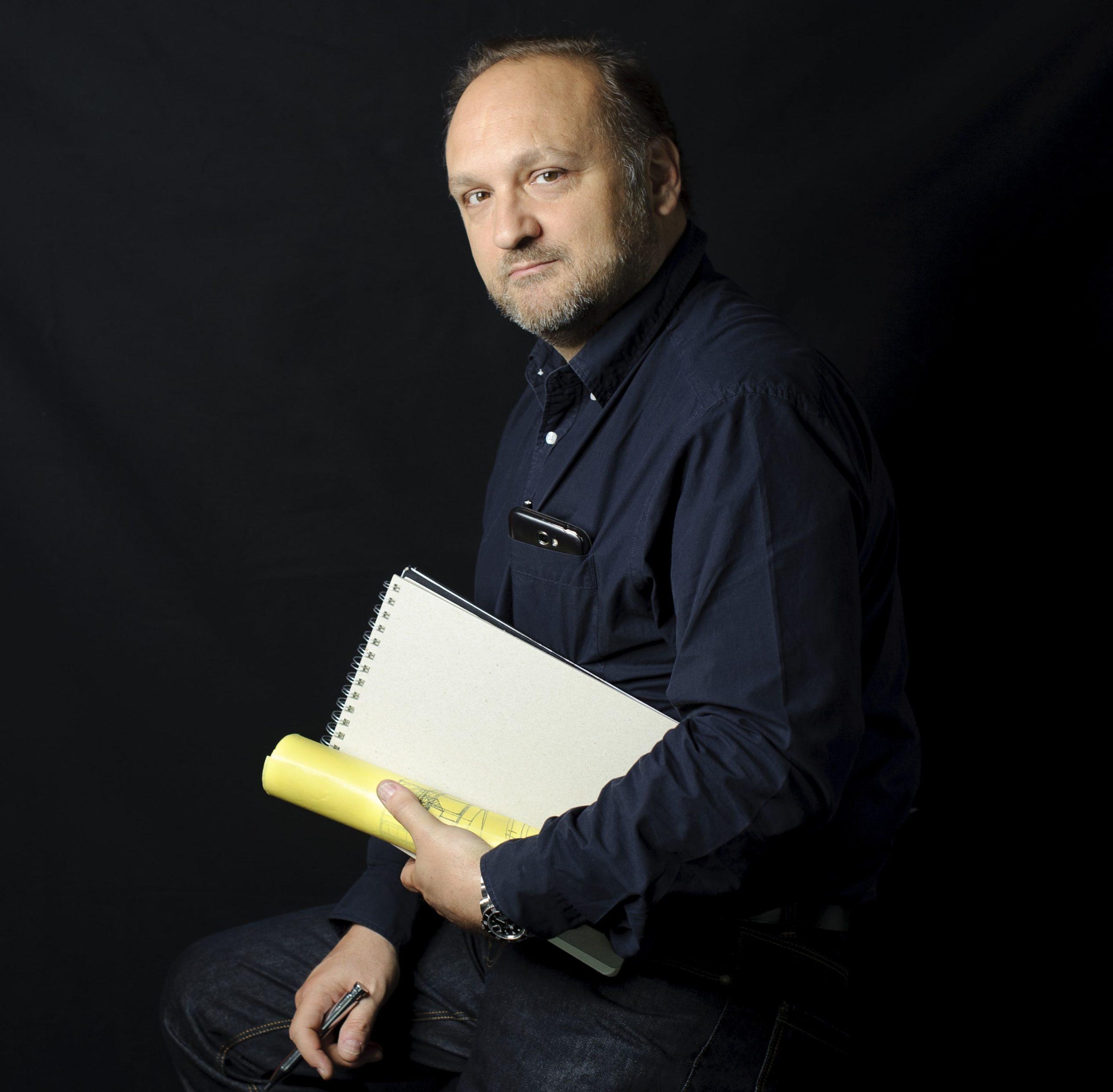By Simone Bandini
“All dreams are possible with a pencil and a piece of paper”
I had the distinct feeling that this meeting with the architect Goujon could be very interesting, from a human, aesthetic and cultural point of view. I had confirmation of this when Arnaud, after the initial presentations that broke the ice, tells me without hesitation: “I want people to leave me free to think. You believe, I think!”. A must-see is his exhibition at Palazzo Giorgi, in the ancient village of Poppi: “Itinerary of an architect”, with thirty plates that tell the story of his artistic career (12-31 October 2024).
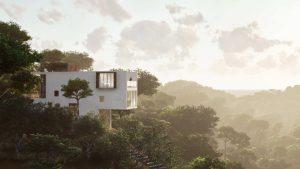
It is not difficult to converse with Arnaud and get straight to the point. We are in his living room, and it is immediately belle epoque, between art, philosophy and other natural complicity: “My idea is to go back and forth to Paris where I have had my studio since 1995, a stone’s throw from the Eiffel Tower. My mother, Lola Poggi, is Italian and in the 60s she caused a sensation and moved to the French capital with her Fiat 500! In the Ville Lumiere she was able to perfect her humanistic studies in political science and philosophy with Jean Paul Sartre, a pioneer of the existentialist movement. Here she worked for forty years in the permanent delegation of UNESCO in a diplomatic capacity”. We also remember how Lola Poggi received the prestigious Dovizi Lifetime Achievement Award in the 90s.
Born in 1965 in France in Saint Cloud, west of Paris, as we have seen from an Italian mother and a French father, an urban planner by profession – his childhood in Casentino deeply marked the young Arnaud: “I adored my Italian grandparents who, today I can say, formed me as a man”. He always returns to Casentino, every year, for the school holidays.
For many years, before obtaining Italian citizenship, Arnaud declared himself French by passport and Italian by heart! Two such creative parents contributed to his choice to study architecture – while, throughout his youth, he drew, painted and attended Parisian ateliers and art academies. A visit to a retrospective on the English architect Norman Foster aroused such enthusiasm in him that he became an architect.
After graduating from high school, he enrolled in the Faculty of Architecture in Paris, joining Alain Sarfati’s studio and graduating laude in 1990. His entire career was influenced by five great architects: Filippo Brunelleschi, Le Corbusier, Luis Barragan, Frank Lloyd Wright and Jean Nouvel.
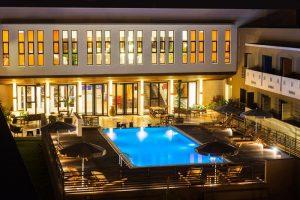
Since the first year of university, he joined Sarfati’s “Area” studio with which he collaborated for 7 years. It has the opportunity to participate in major national and international projects and competitions (airports, convention centres, stadiums, universal exhibitions). In 1993, after a brief period in Jean Nouvel’s studio, he was hired by Architecture Studio to carry out studies on the future European Parliament in Strasbourg, as head of facades and structure. So, he is director of a team of fourteen architects and follows the project up to the selection of subcontractors and the signing of contracts. However, he did not intend to move to Strasbourg for the three-year work phase and, in 1995, he decided to leave the studio and create his own.
In addition to architecture, he dedicates himself to rendering and creates project perspectives on behalf of numerous studios, using the traditional techniques available, since at the time CAD (Computer Aided Design) was only in its infancy. He quickly made a name for himself and together with three other ‘illustrators’ became the reference on the subject for the main Parisian studios.
Passionate about painting, his predisposition for the figurative arts led him to practice two professions at the same time. His love for architectural drawing was born at a young age during a visit to an exhibition by Frank Lloyd Wright, in which he was fascinated by the drawings of the American architect.
A retrospective will later be dedicated to him with his works as an architect and illustrator at the Maison de l’Architecture in Paris, organized by the National Order of Architects.
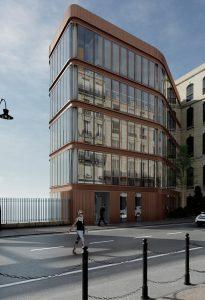 Arnaud, in the beginning, worked mainly for public clients – the City of Paris, the National Authority for Social Housing – but also for some private clients for interior renovations. Then, in 2009, the projects multiplied and the Parisian studio moved from Avenue de Suffren to Place de Breteuil to accommodate a greater number of collaborators. At the time, the studio had five architects, a designer and several interns.
Arnaud, in the beginning, worked mainly for public clients – the City of Paris, the National Authority for Social Housing – but also for some private clients for interior renovations. Then, in 2009, the projects multiplied and the Parisian studio moved from Avenue de Suffren to Place de Breteuil to accommodate a greater number of collaborators. At the time, the studio had five architects, a designer and several interns.
Arnaud Goujon is in charge of the renovation of office buildings in Paris and the rest of France with the mission of enhancing buildings dating back to the 70s and 80s and adapting them to current needs and standards. These large projects, starting from 2000, must comply with stringent national and European environmental rules (HQE BREEAM). The interventions are carried out in collaboration with highly qualified technical offices such as RH Consult, OTH, SIPEC, to name a few, considering the numerous constraints imposed by the legislation in force in France, the RE2020 certification. He also created a series of villas for private clients in Brittany and the Bordeaux region.
His African projects deserve a separate paragraph: when two former executives of the Accor Hotels group founded a new company to build three-star hotels in West Africa, the studio won the competition for the construction of the very first hotel of the hotel chain in Dakar, Senegal. It is a 6,500 m² building that complies with international standards, with a markedly contemporary and eco-friendly architectural style, with its 6,000 m² external façades covered with adobe bricks. This same client entrusted the studio with the task of two new hotels, one in Mali, the other in Togo. Despite some difficulties, building in Africa is a challenge full of opportunities that allows the firm to create a public and private clientele on the African continent. After the construction of a 5,000 m² aeronautical hangar in Dakar, intended to house the presidential aircraft, the Presidency of the Republic of Burundi commissioned him to build the National Museum in Gitega, the country’s capital.
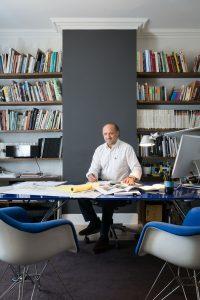 The studio therefore stands out for its economic, ecological and cultural design – with the declared intention of satisfying this triple vision and with the multiple factors at play well in mind, and responsibly.
The studio therefore stands out for its economic, ecological and cultural design – with the declared intention of satisfying this triple vision and with the multiple factors at play well in mind, and responsibly.
While he tells us about his career articulated in a thousand projects, our conversation goes on: “I am an atheist republican, although of Christian culture, who grew up with the classics. I love literature, music and architecture. I also love both Italian and French cuisine… in this I am bigamist!”, he laughs amused”.
“The fourth element is cinema – he continues – with the actress Claudia Cardinale, Senator Andrè Vallini, the director Ronald Chammah and Jean Antoine Gili, one of the most famous film historians, we had in the pipeline the project of making a great Italian film festival in Paris. This bond is very strong… even here in Poppi I am very good friends with the Borri-Gherardi family, with Piero Gherardi who was Fellini’s costume designer and who won two Oscars”. As he tells us about it, he shows us his radio that he proudly keeps at home.
But what are the current projects in place? “In France we are renovating two large buildings in the heart of Paris, with an extension of more than 8000 square meters near the Gare du Nord. Also for the SNCF – Railways I am building a building for the technicians and operators of the TGV, for the teams that manage the railway traffic of North Paris,” he says.
Arnaud’s projects are often born from simple sketches and sudden inspirations: “I have a great passion for drawing and the only luxury, ҫa va sans dire, that I can afford, is to choose my projects and work exactly where I want”, he specifies.
“It is my predilection and pleasure to be able to design and design contemporary villas for private clients, where architecture can fully express itself. In fact, in the idea of returning to Italy, I thought of collaborations and tenders for management offices and also the hotel sector”.
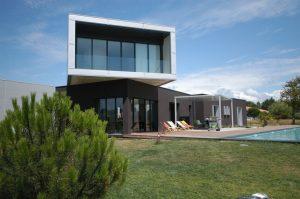 Regarding the philosophy and constituent elements of his work: “Between tradition and modernity I have chosen a third way in architecture in which I propose a decidedly modern design, however using schemes and materials already produced in the Renaissance. In fact, one cannot wish for a more beautiful door or colonnade than those made by Brunelleschi!”. In short, spaces must communicate, excite, impress and inspire, not just be functional: “This must happen, once you have ‘freed’ yourself from technical problems. Architecture must offer emotions to both regular users and occasional visitors”.
Regarding the philosophy and constituent elements of his work: “Between tradition and modernity I have chosen a third way in architecture in which I propose a decidedly modern design, however using schemes and materials already produced in the Renaissance. In fact, one cannot wish for a more beautiful door or colonnade than those made by Brunelleschi!”. In short, spaces must communicate, excite, impress and inspire, not just be functional: “This must happen, once you have ‘freed’ yourself from technical problems. Architecture must offer emotions to both regular users and occasional visitors”.
Arnaud also has a talent for drawing and photography, with his artistic and erotic nudes: “Being able to dream, be inspired, search for ideas. The architect, in fact, is a designer of ideas, unlike the writer who expresses them with words. He has freedom of invention: whether it happens in a handmade rendering or in a placemat in a restaurant”.
He regained his Italian citizenship in 2023: “I use and show my Italian identity card with emotion!”. If we want to take this return as a trend, we can identify three fundamental and evolutionary paths in his life: from France to Italy, from tradition to contemporaneity, from drawing to ‘built’ reality.
Regarding the land he has chosen as his new residence: “In Casentino there are many important cultural and artistic events and I find a fertile response in the Italian Photography Festival of Bibbena, where I feel very good. I have two sons, Paul (26) and Elio (23) who are very fond of this area and who show a great desire to return more often”.
When I instinctively ask myself if there is another and metaphysical root of his creations, he replies confidently: “In artistic creation and by architectural extension my conceptual founding act is totally nourished by the material world where it is born and exhausted”.
Arnaud loves poetry more than novels, listens to jazz, rock and blues from the 40s and 50s and owns a large vinyl collection in Paris (about 5000). But he works with Debussy, Mahler and Brahms.
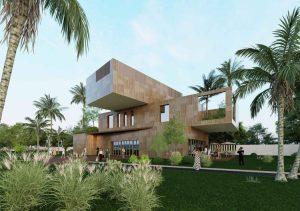
In the final analysis, how can we define the optimum of this double origin? “I like to adopt and embody the organization of France together with the creativity of Italy,” he concludes and we say goodbye, excited for our new friendship.
Info: www.arnaudgoujonarchitectes.com / arnaudgoujon@wanadoo.fr / Tel. +33 670162490
